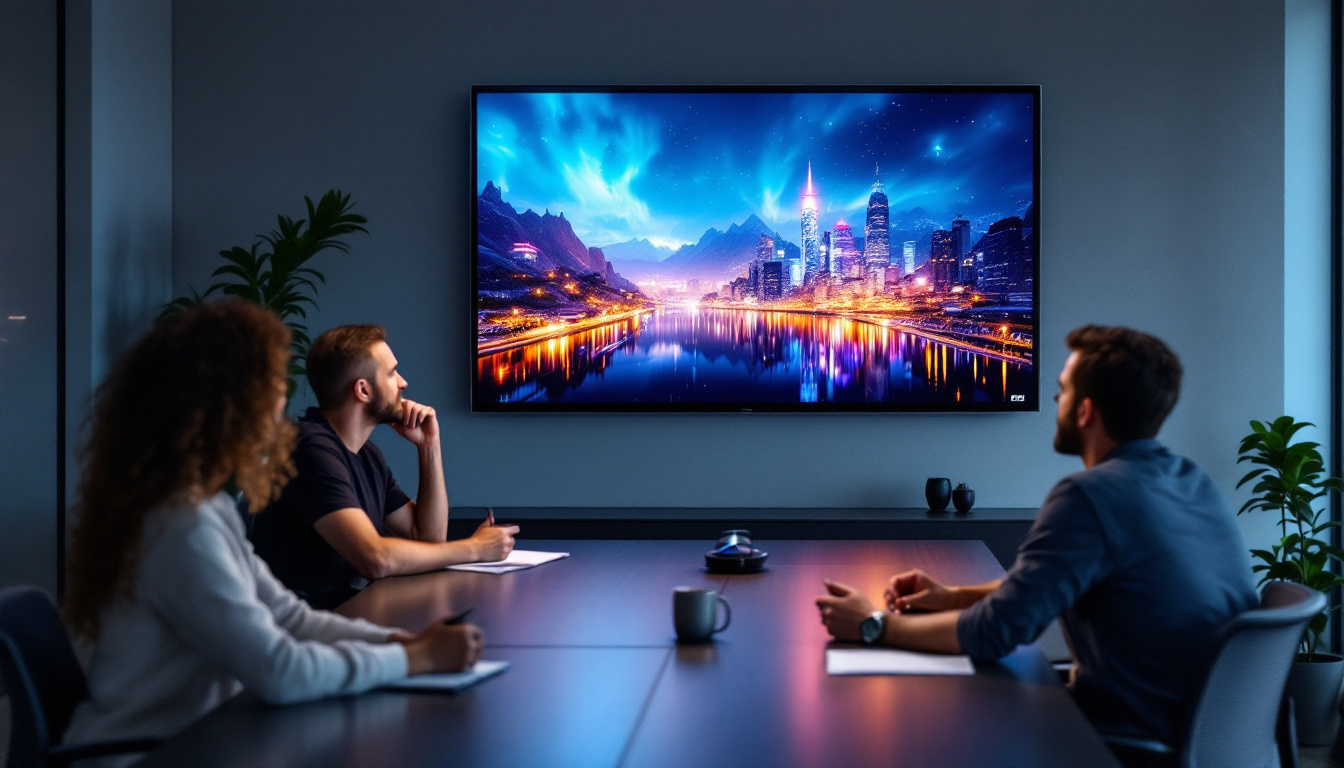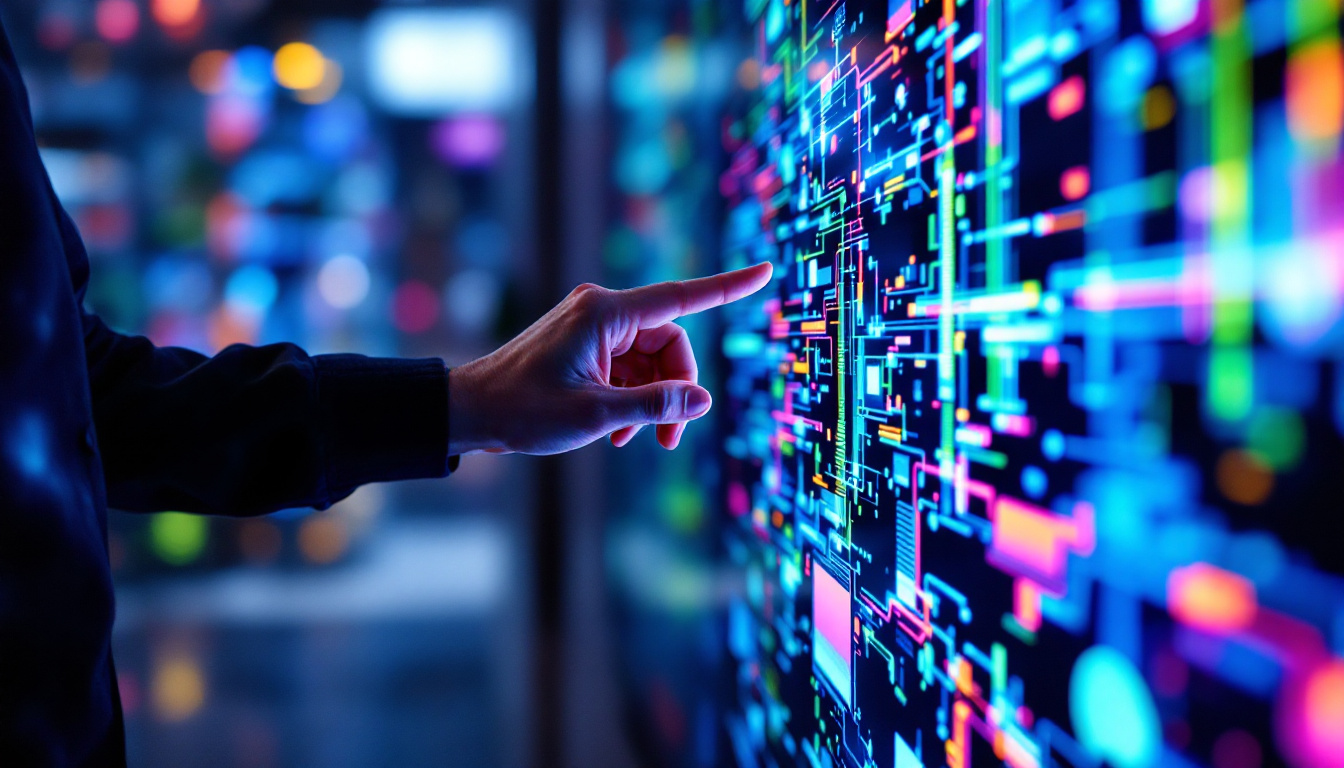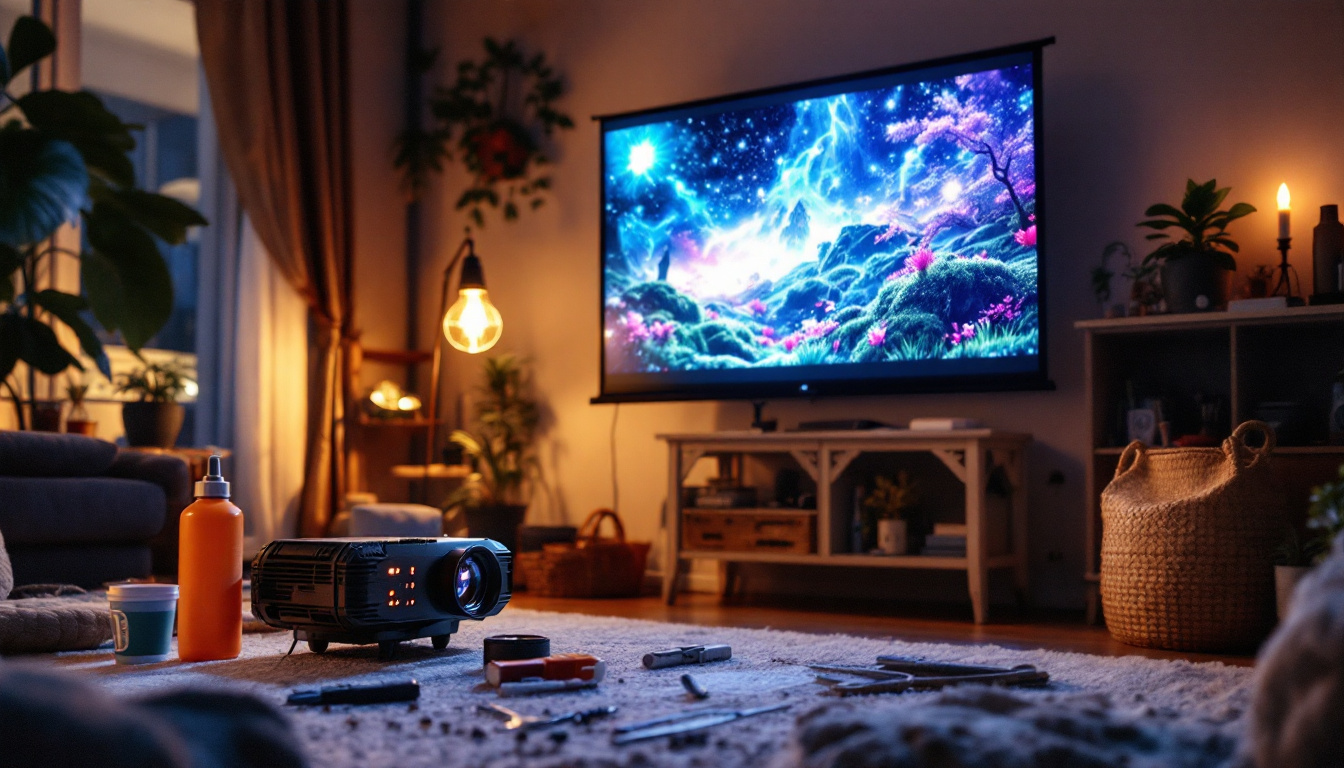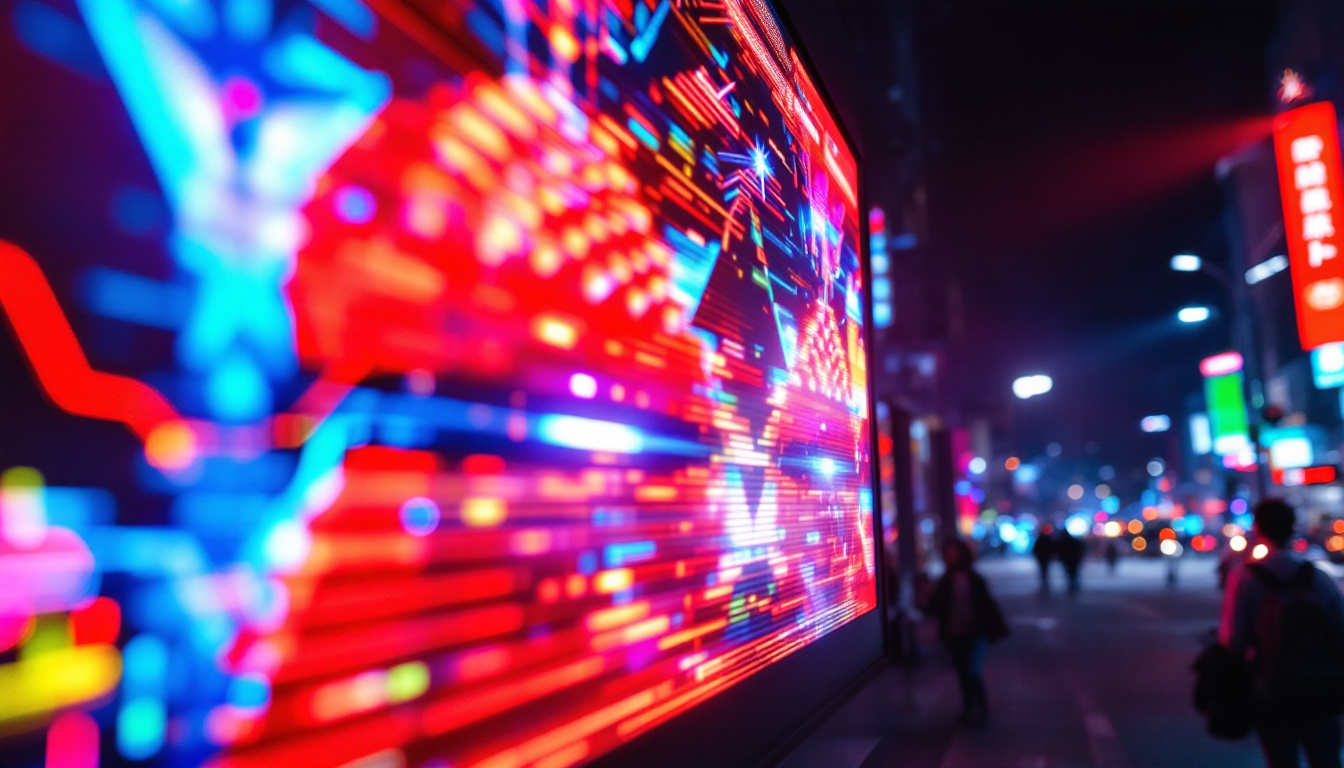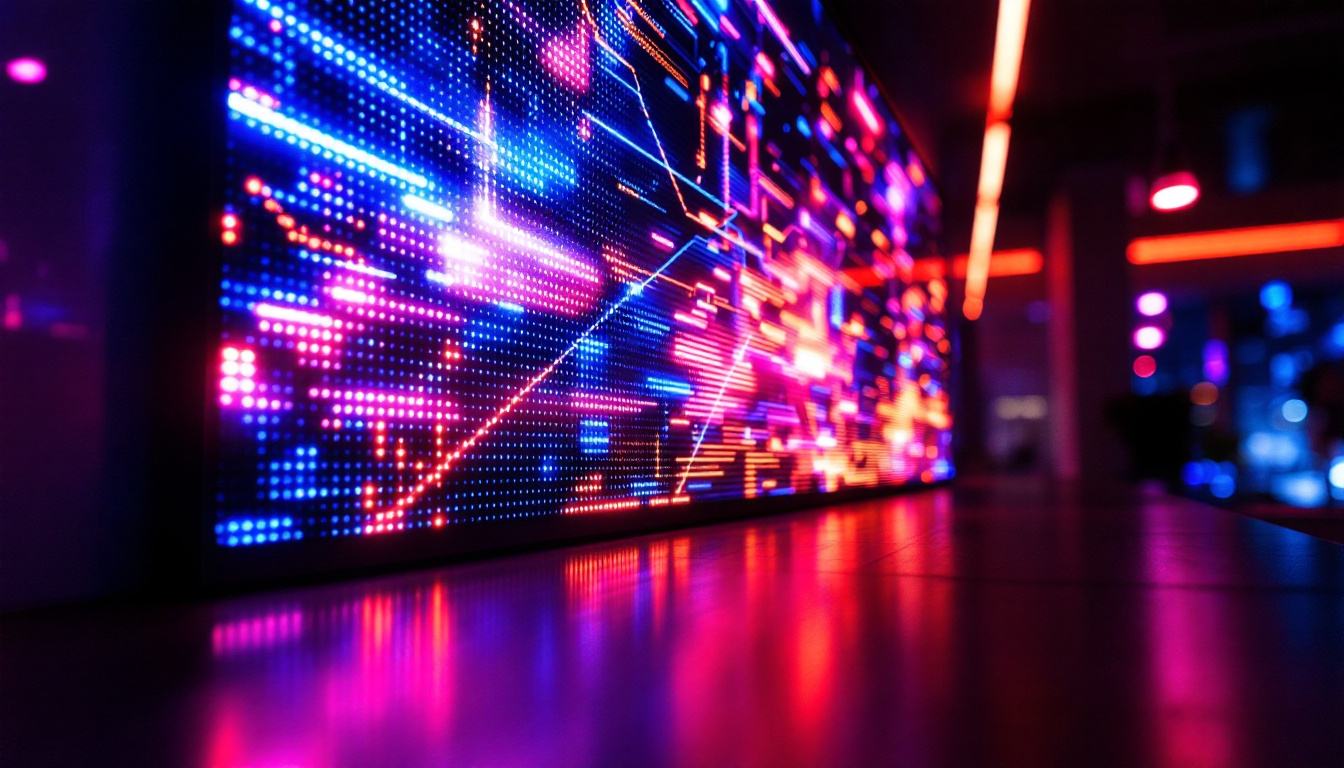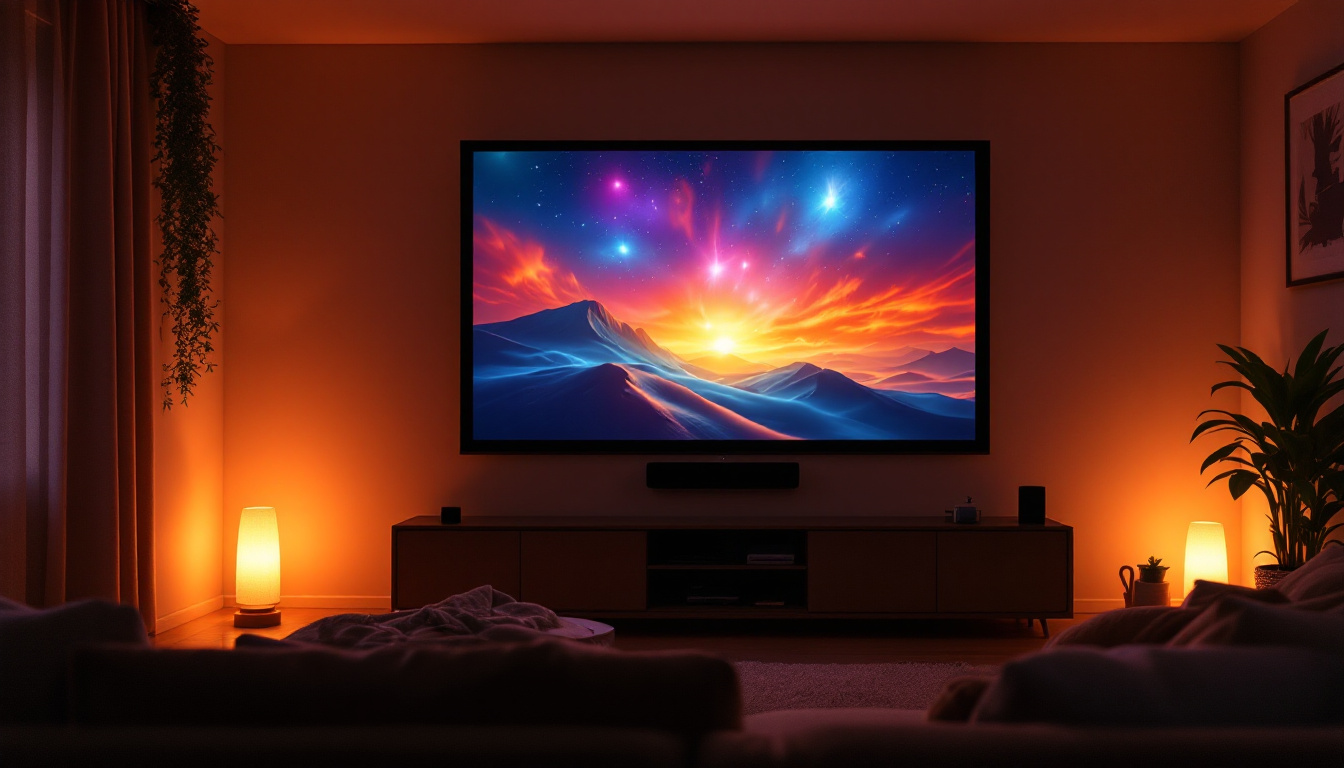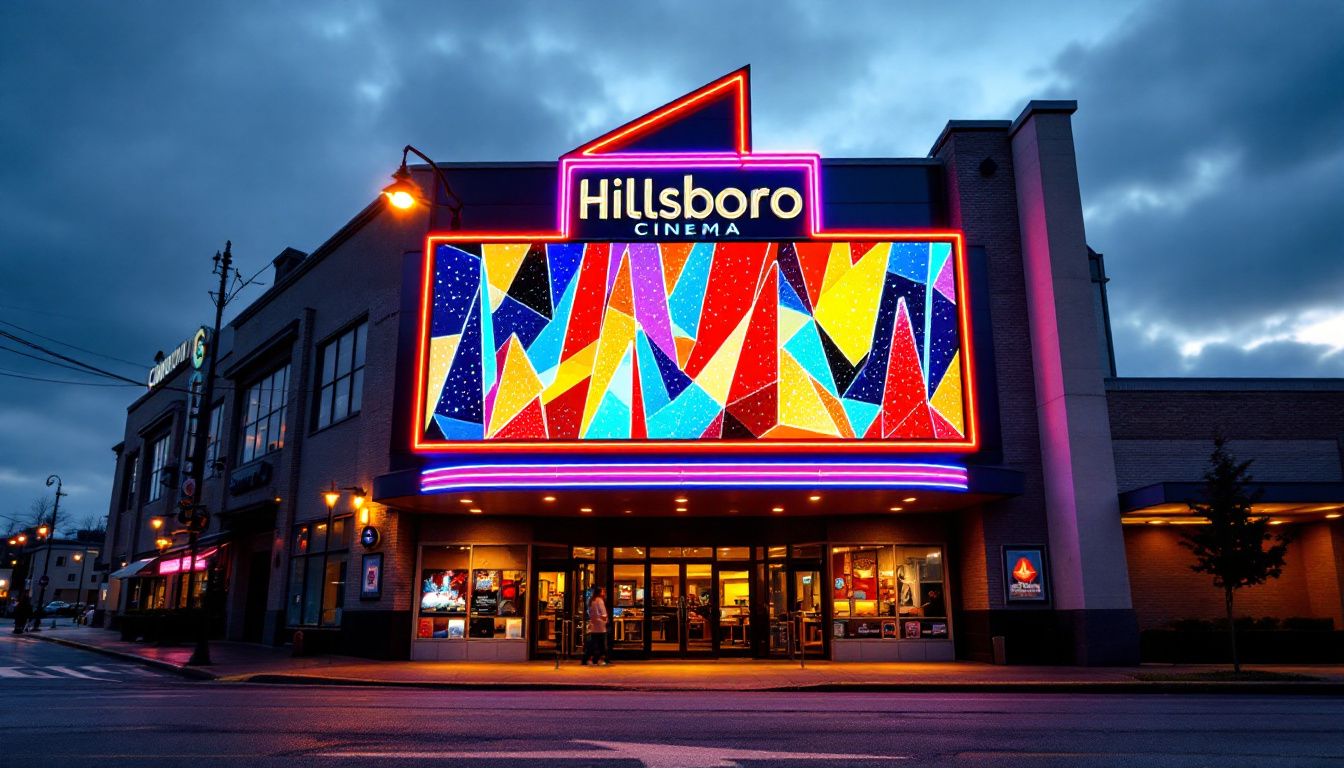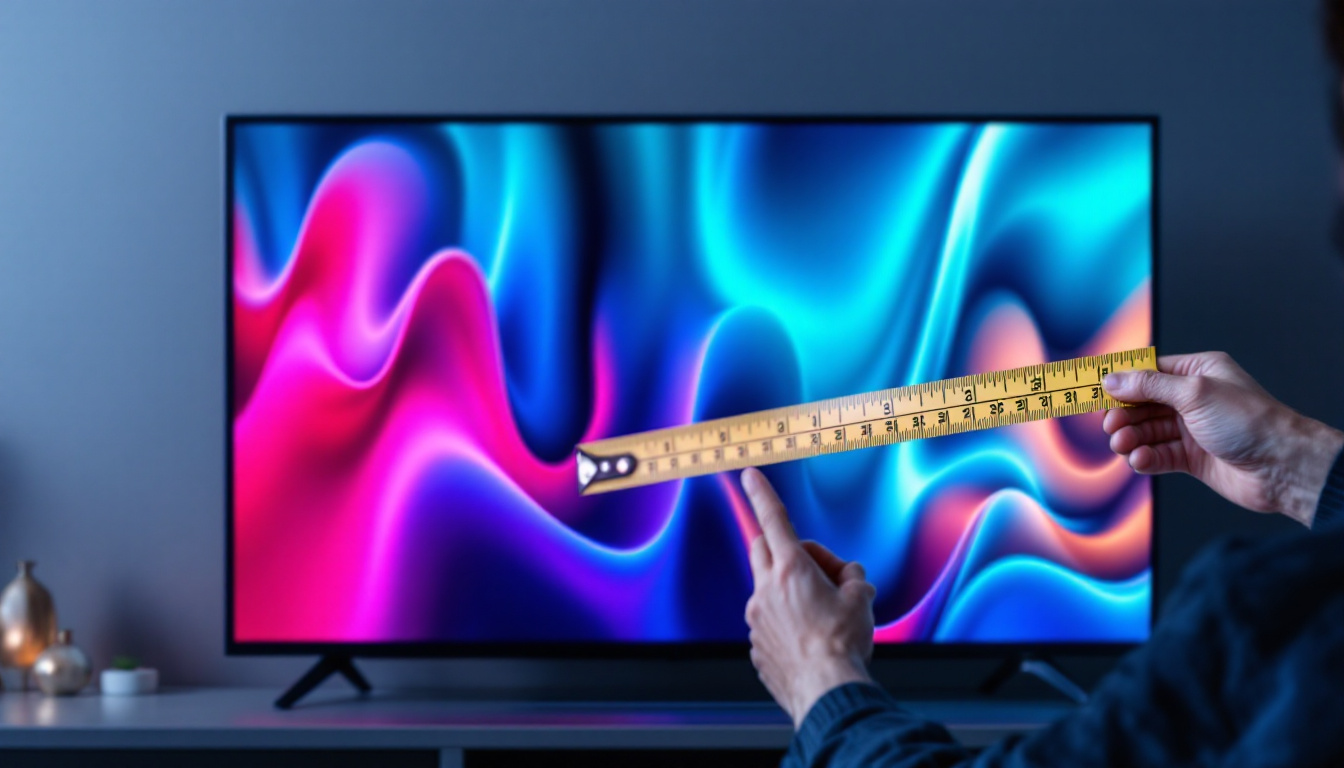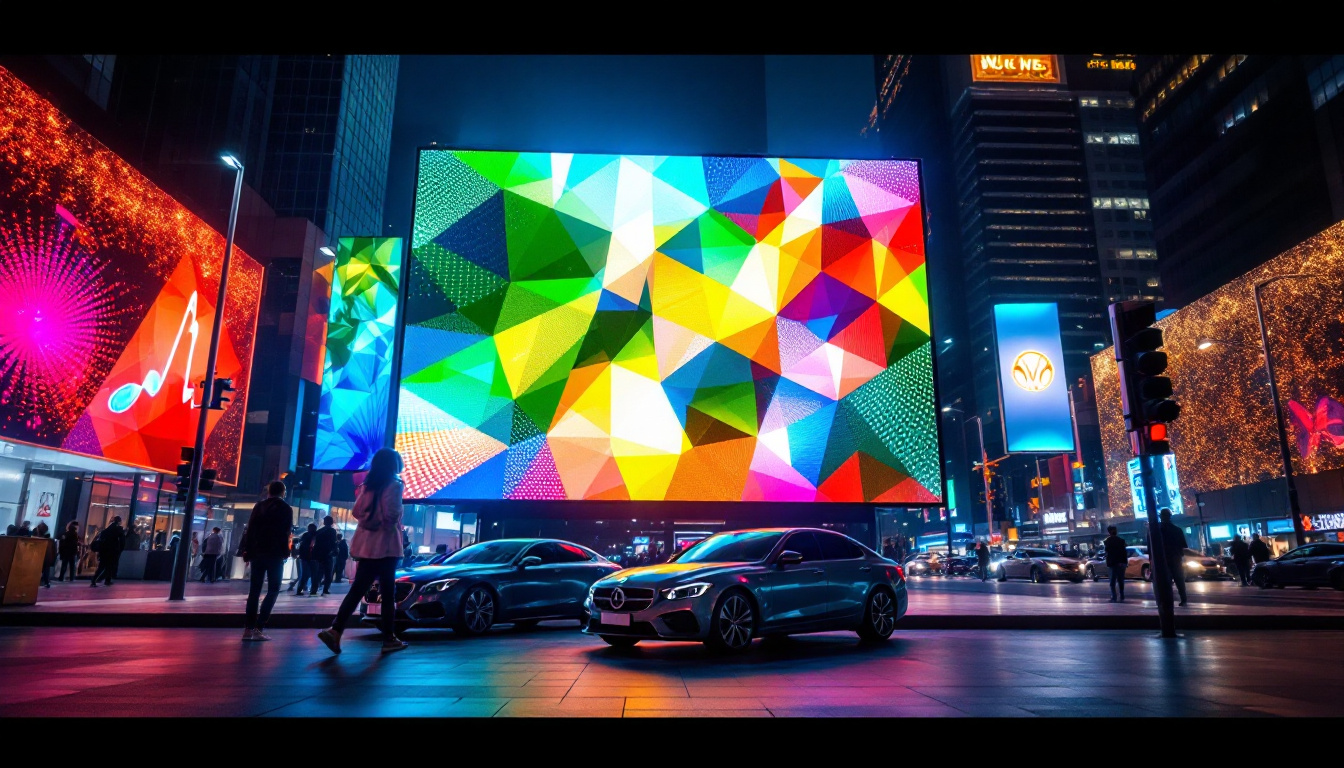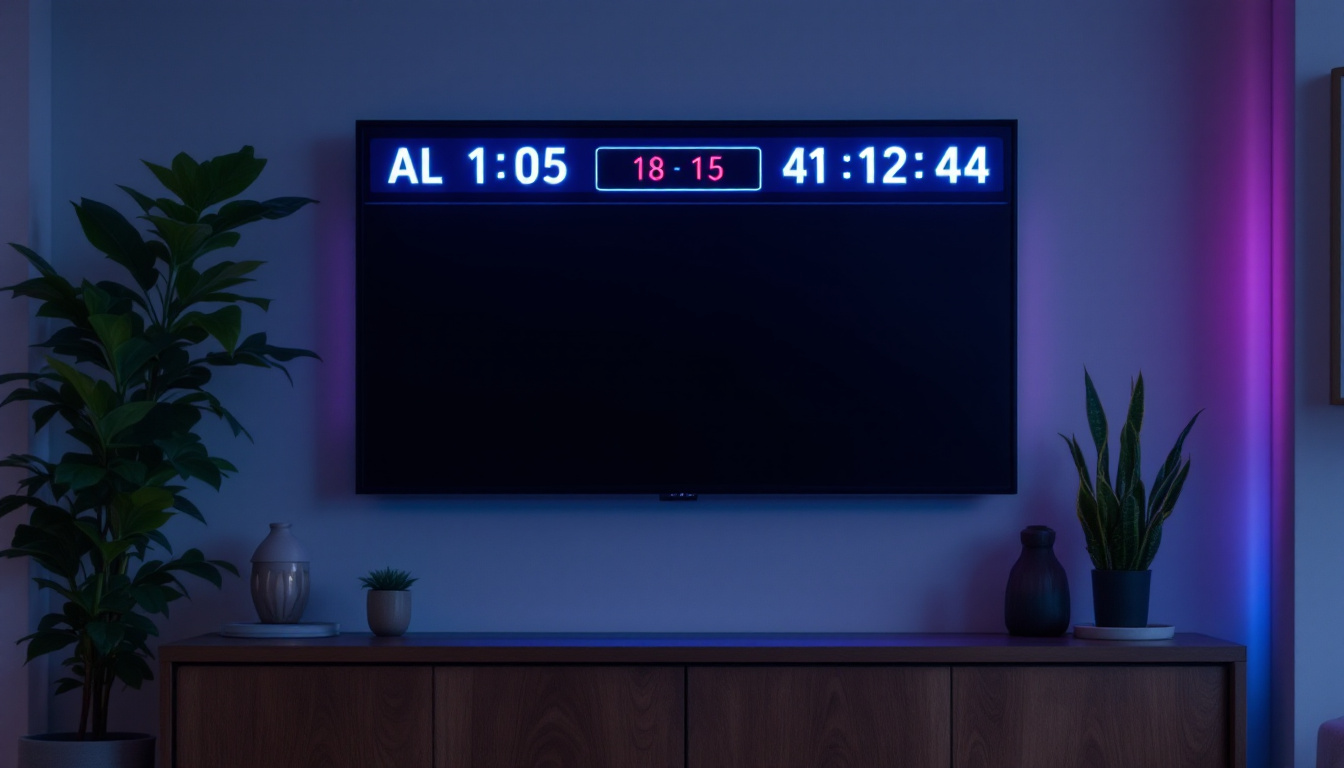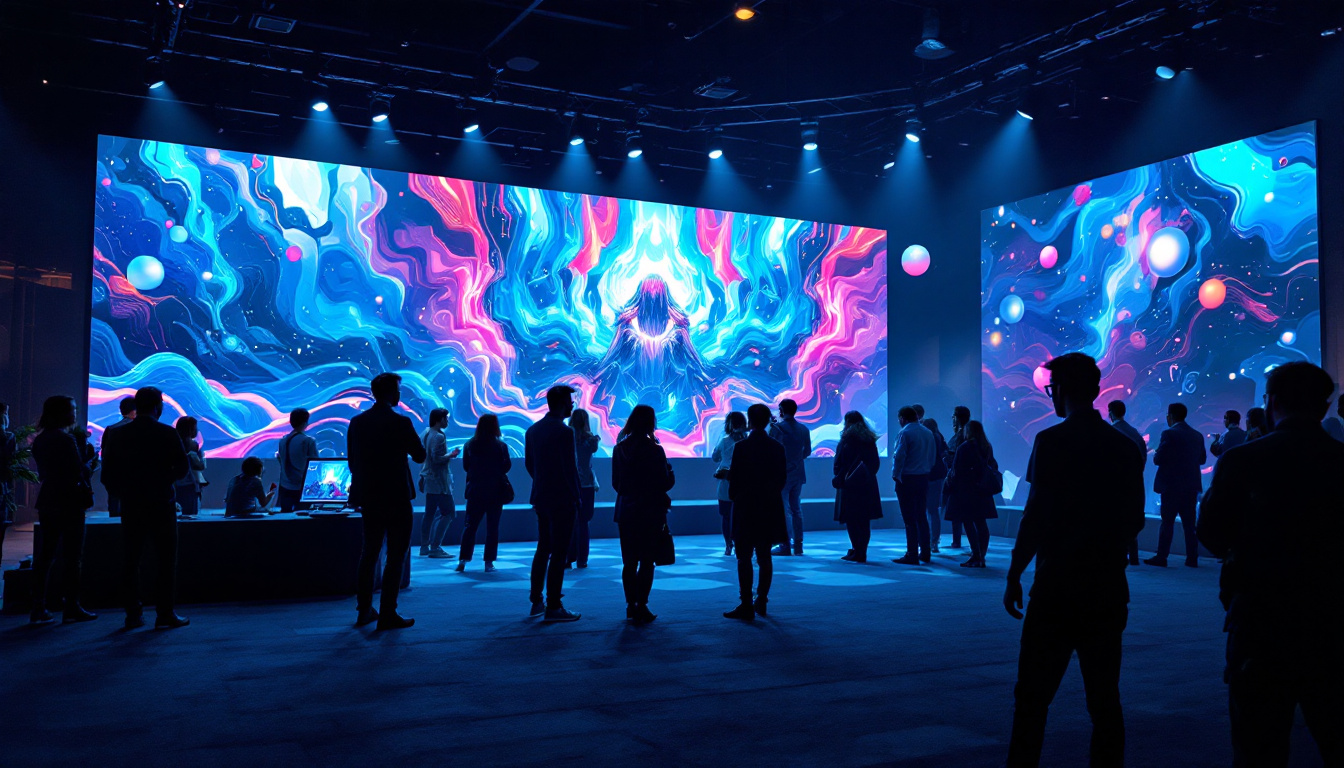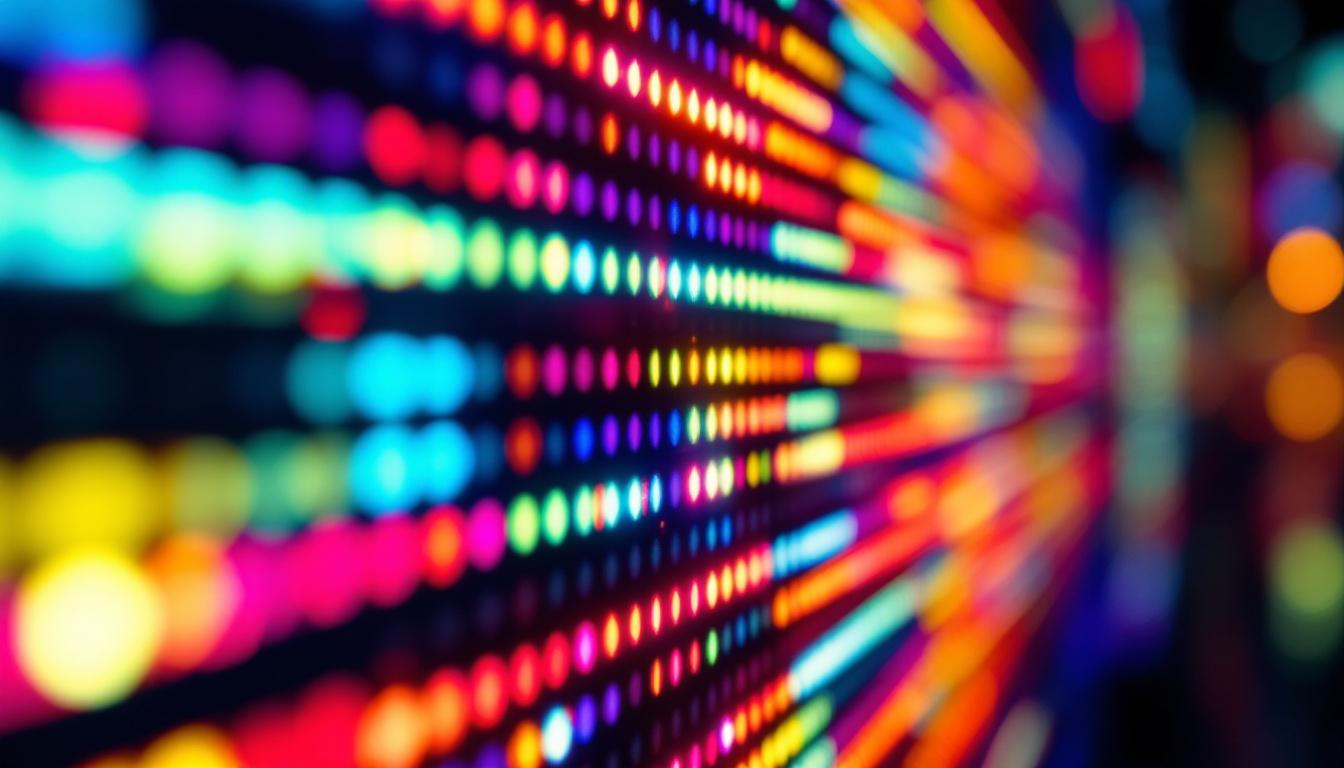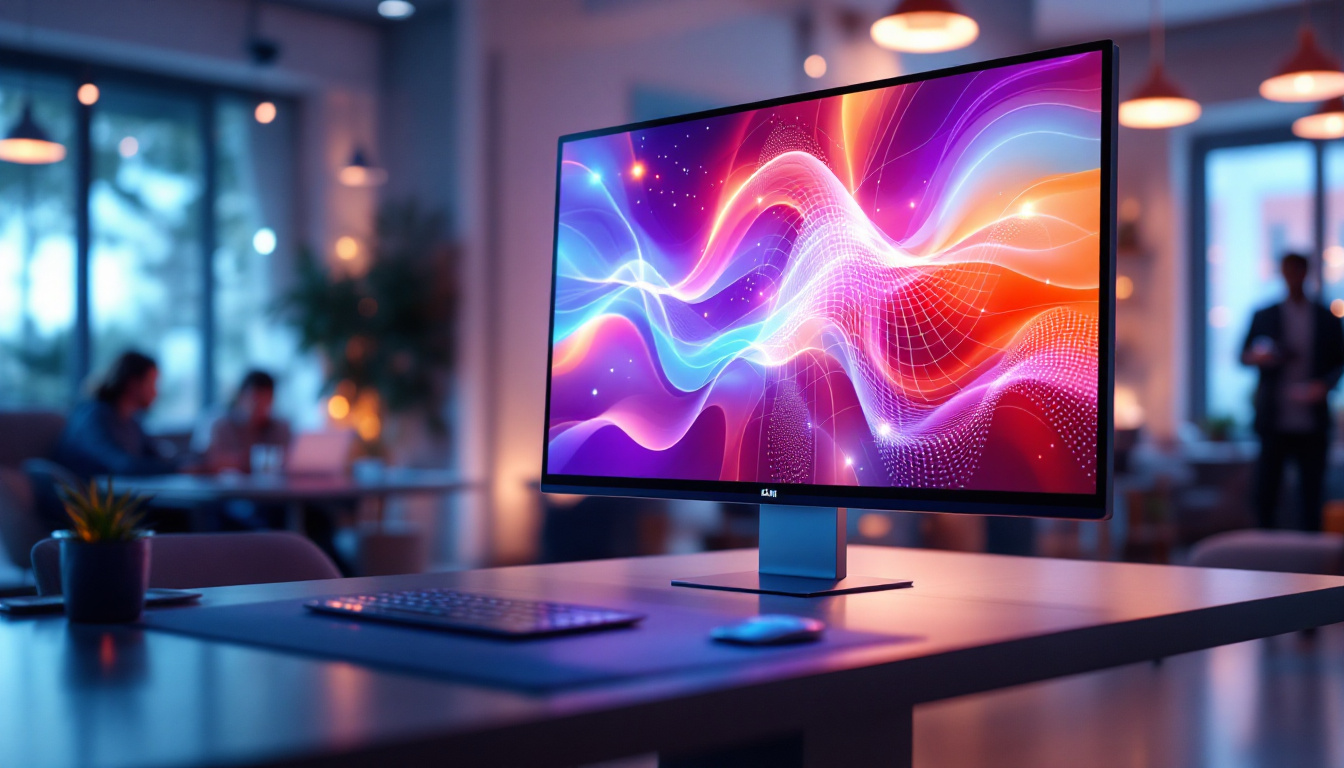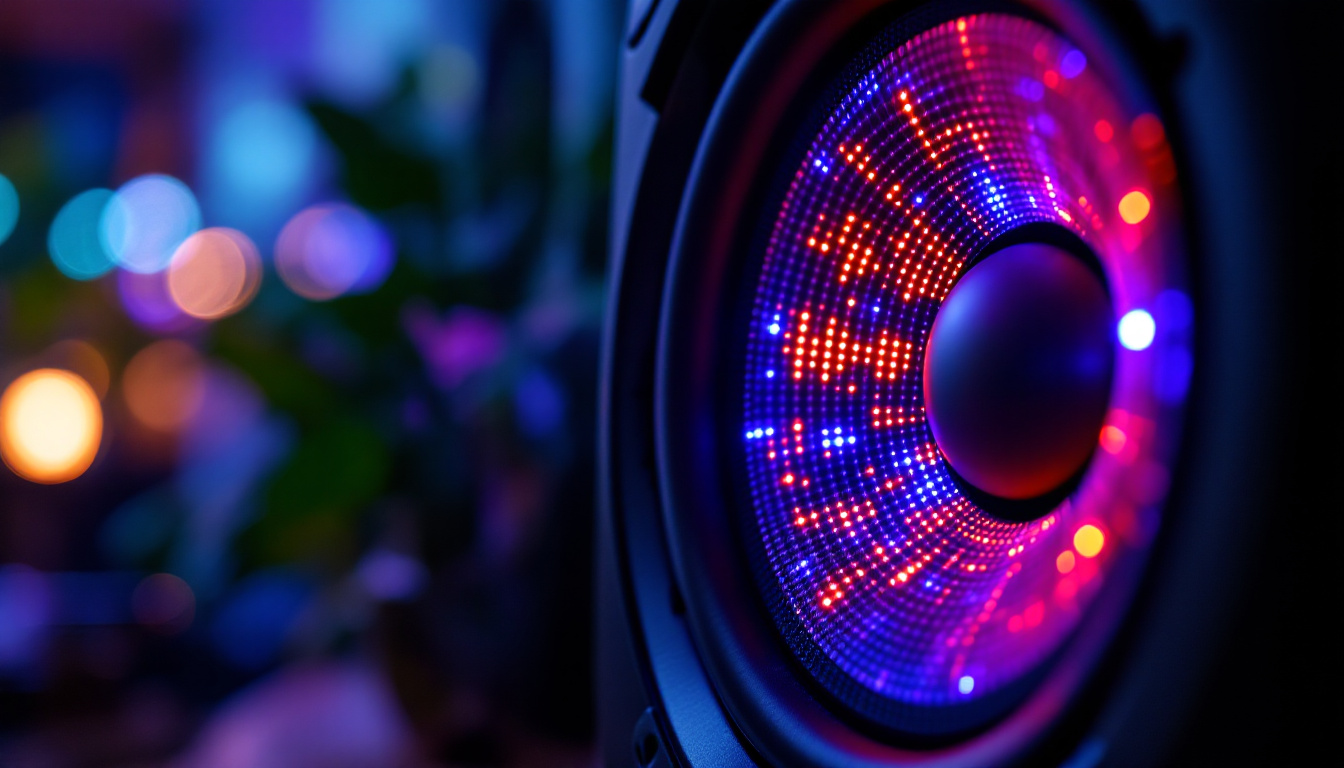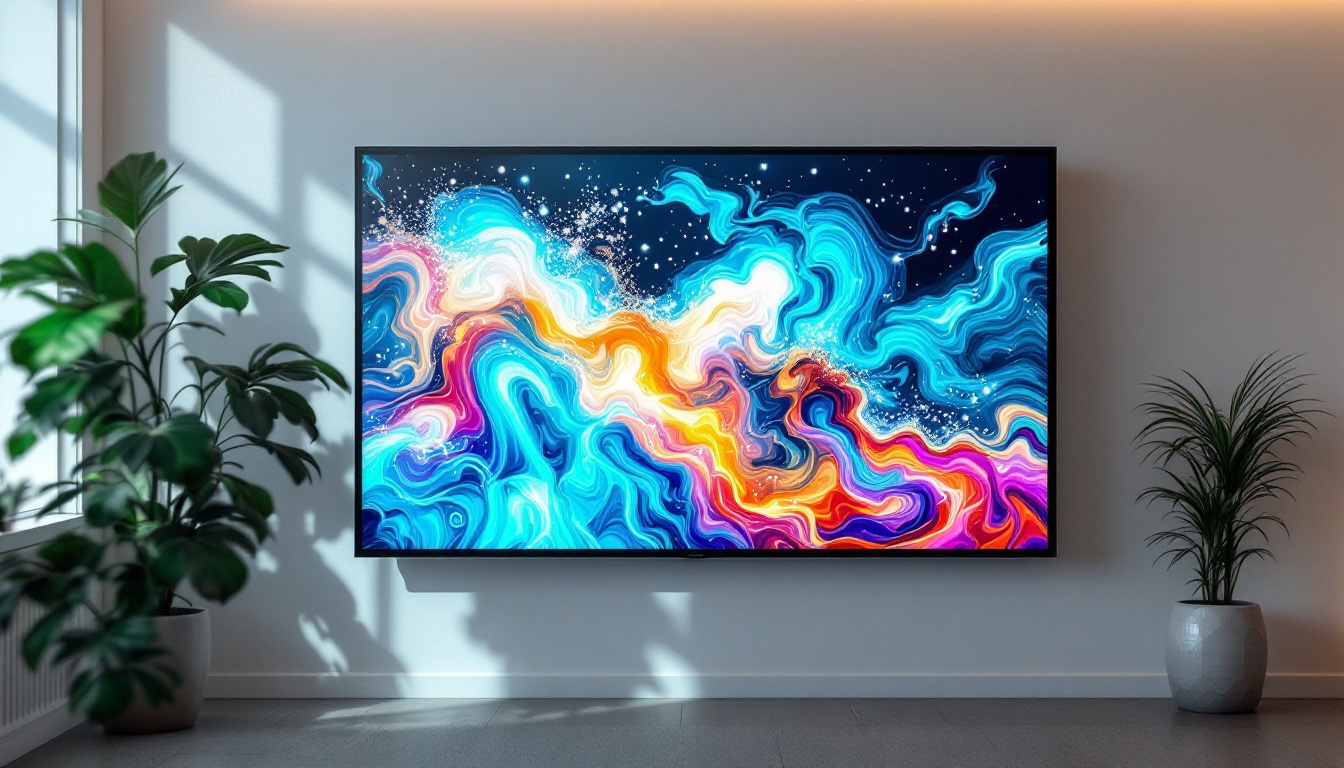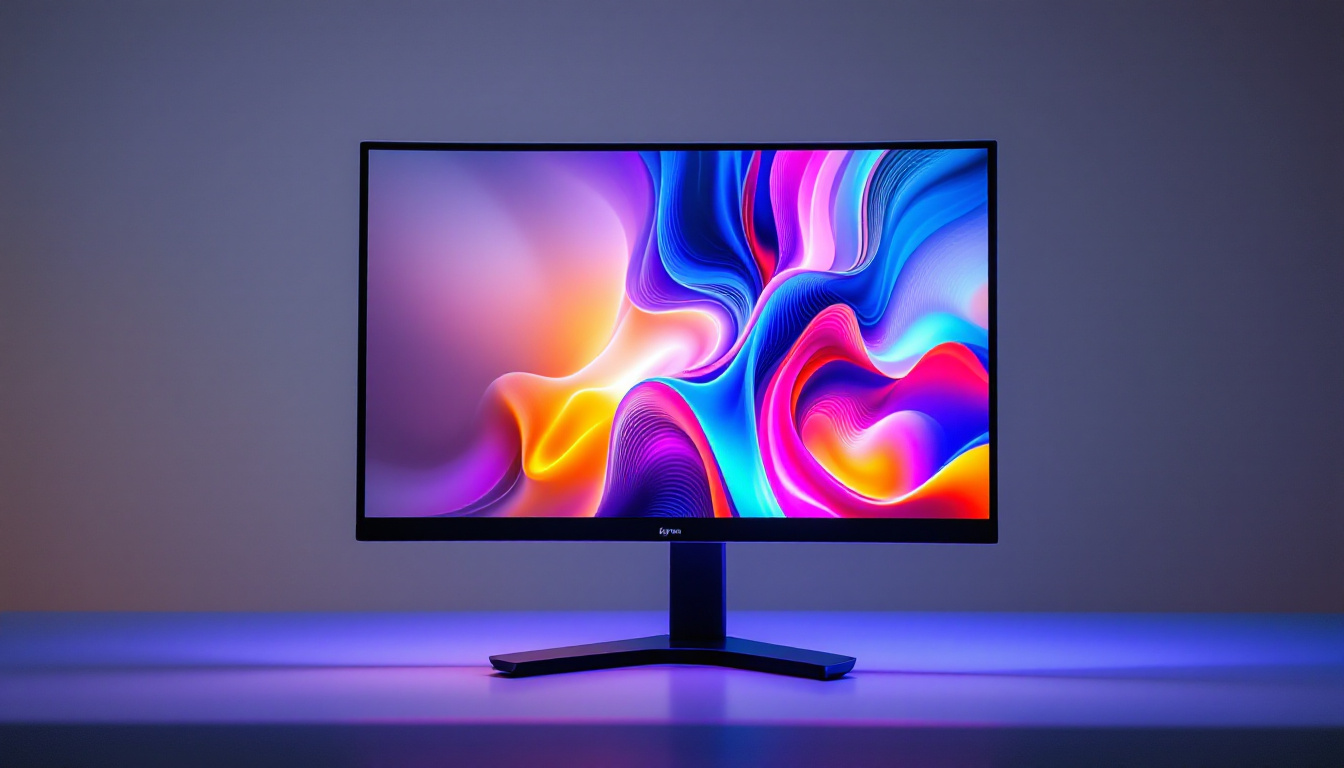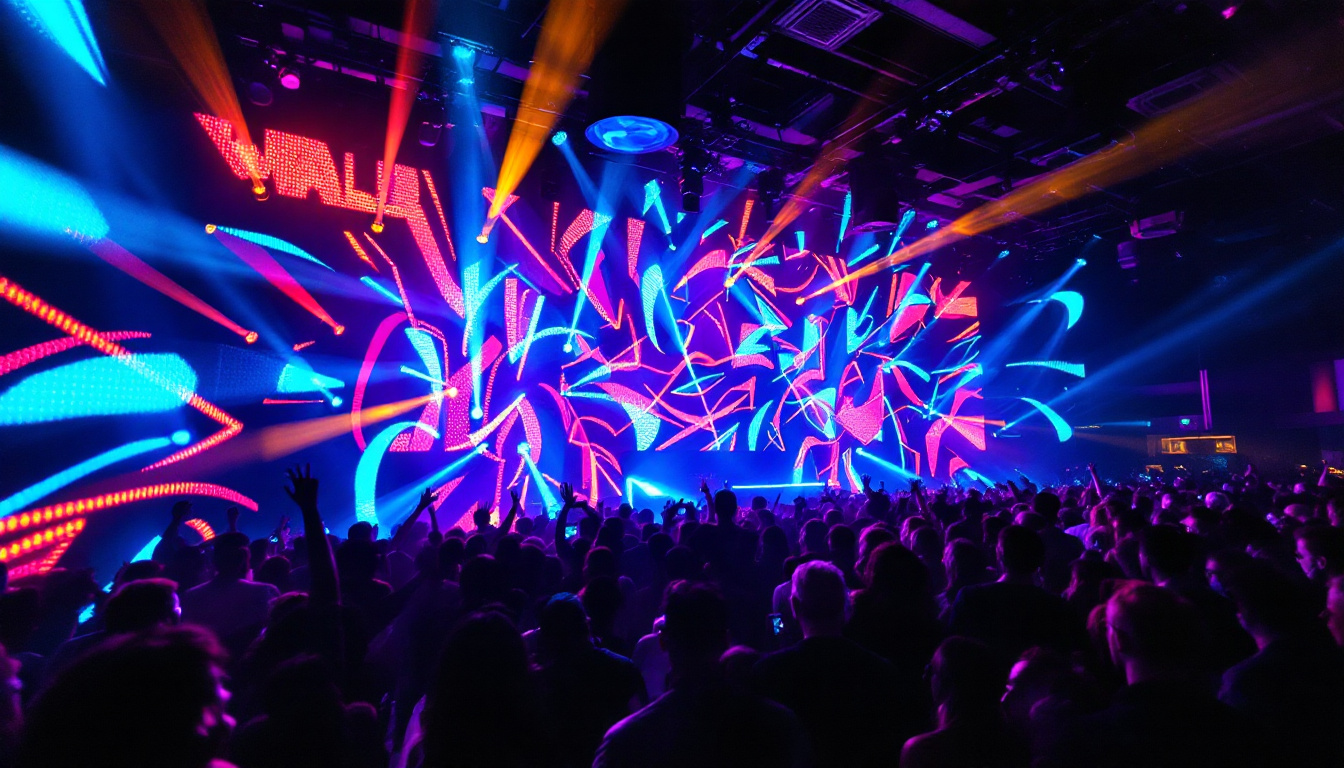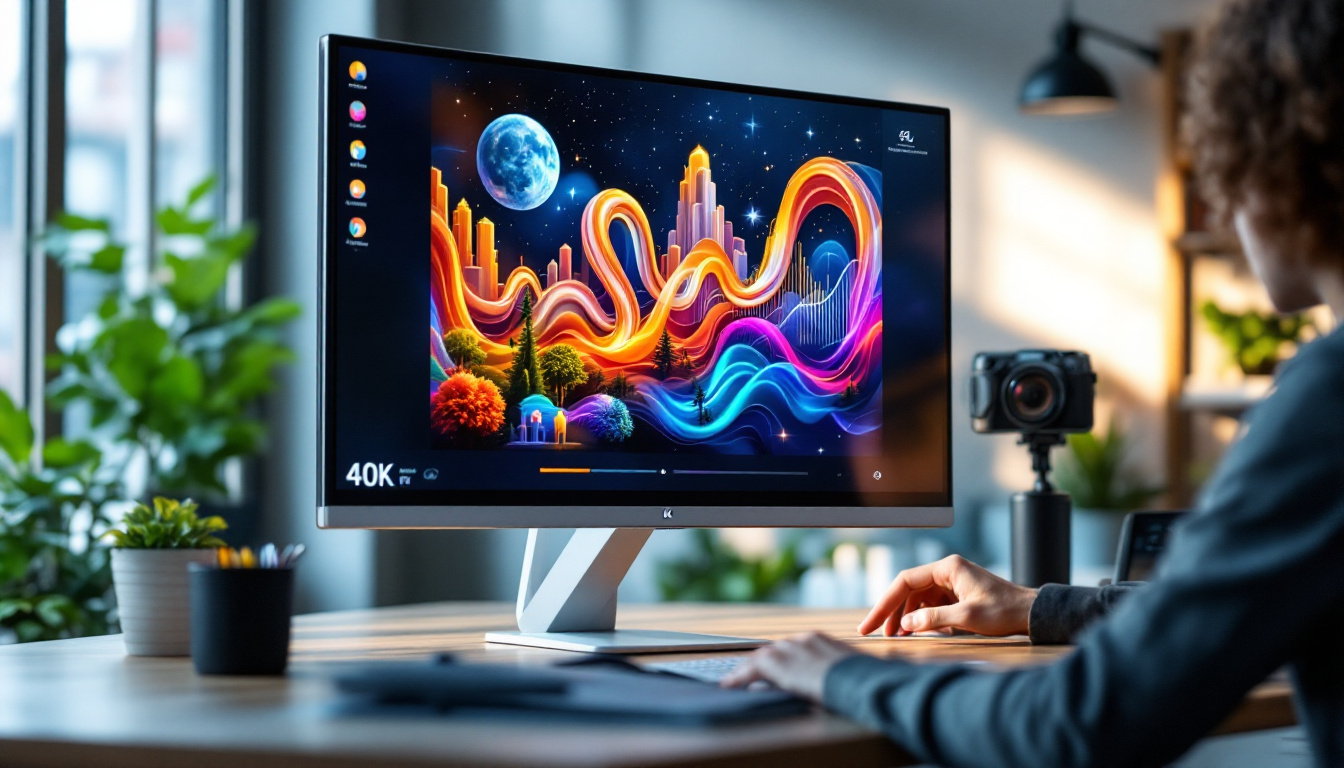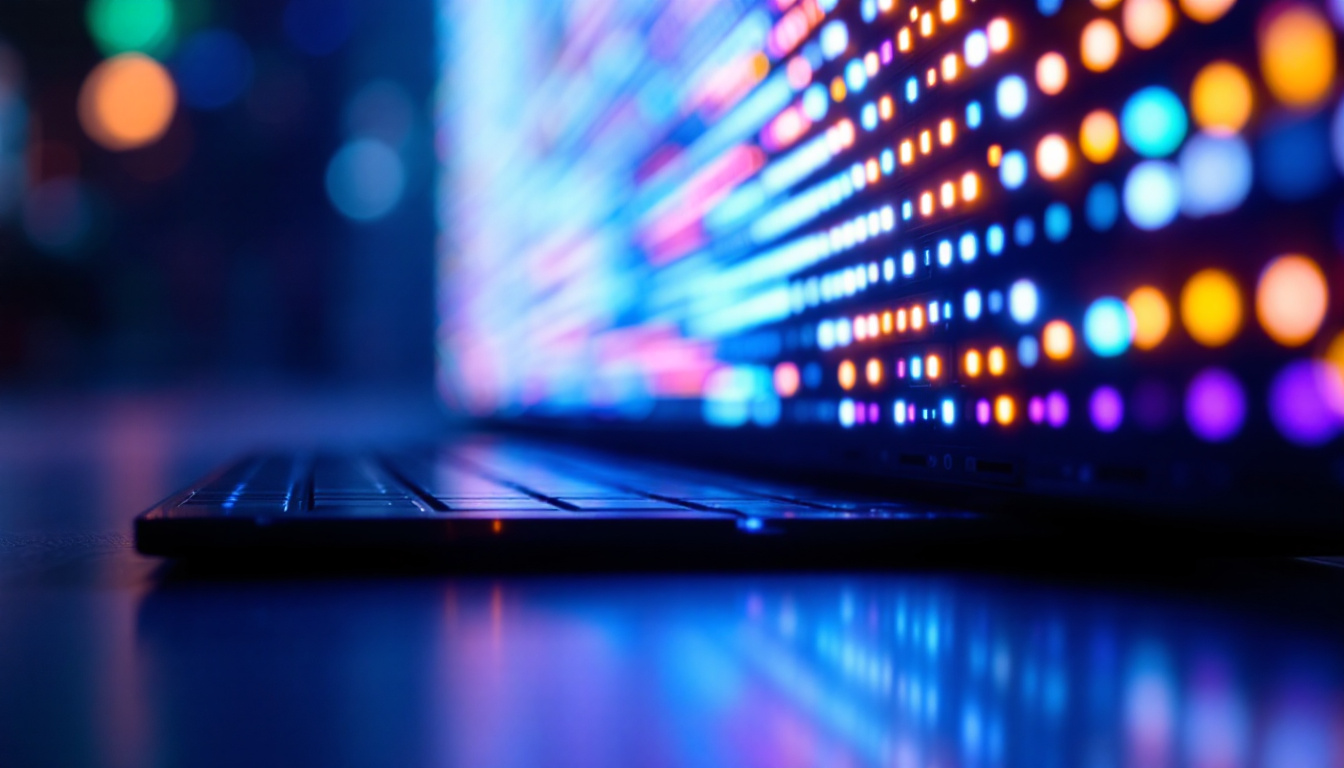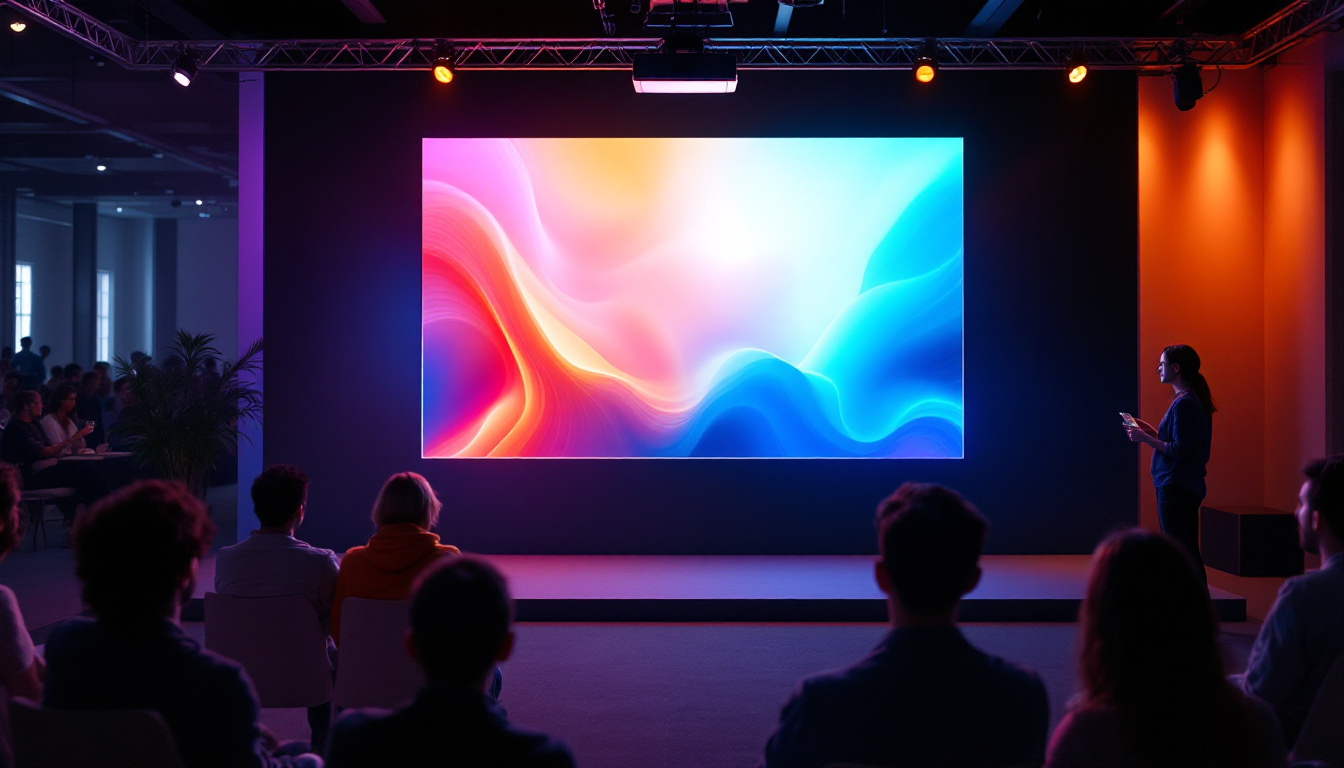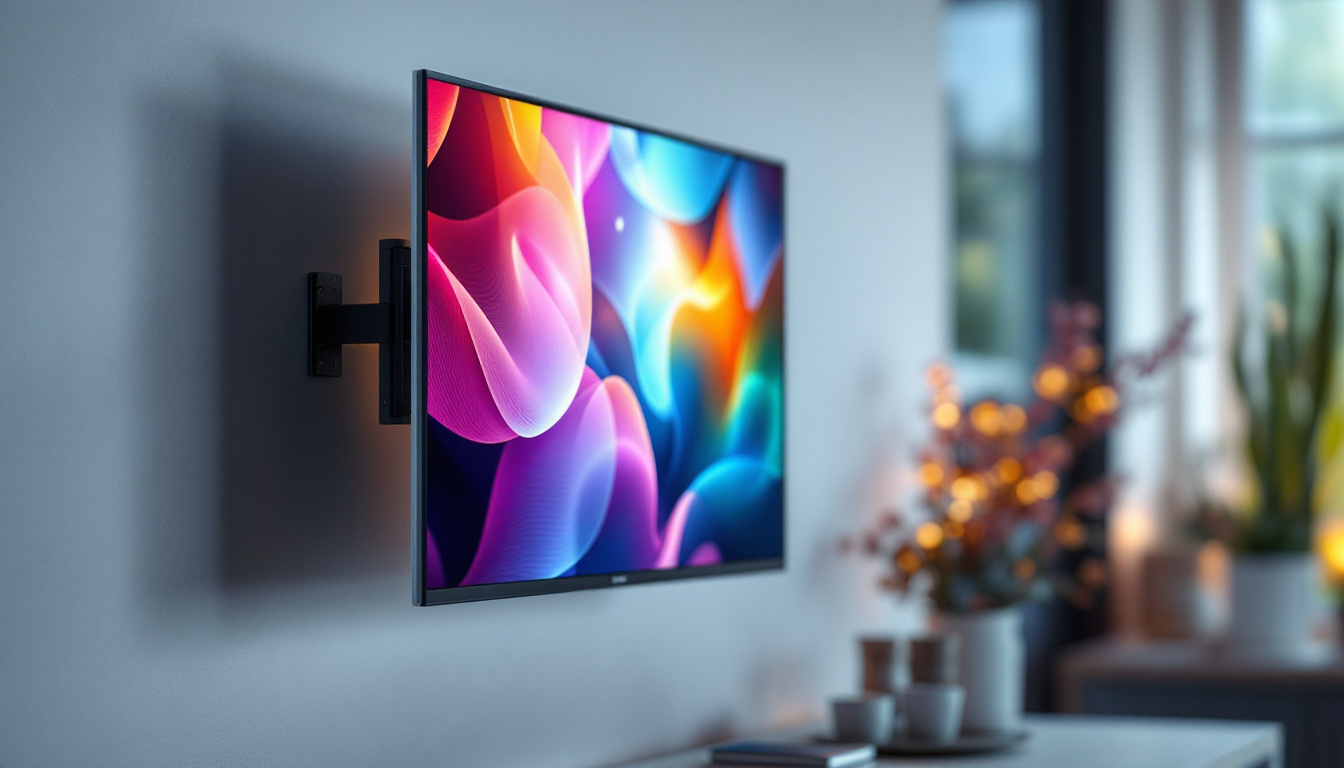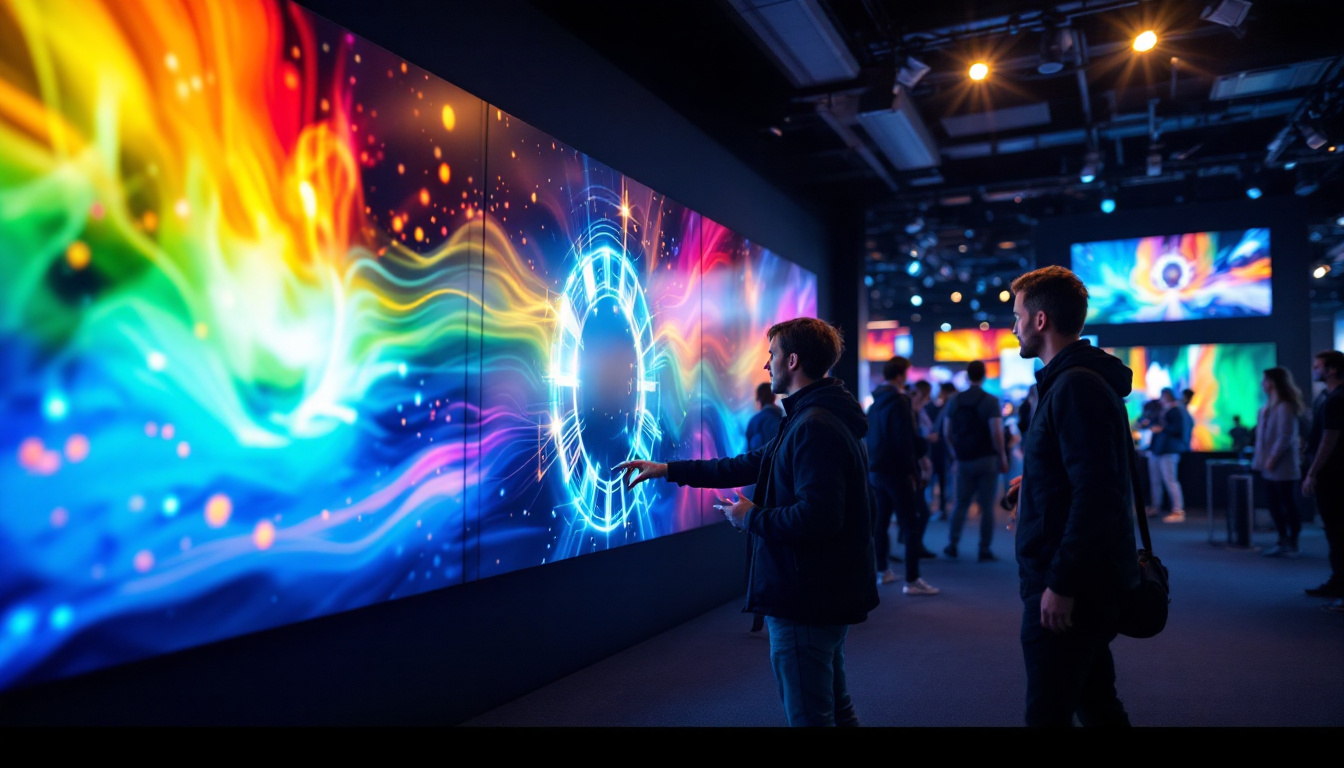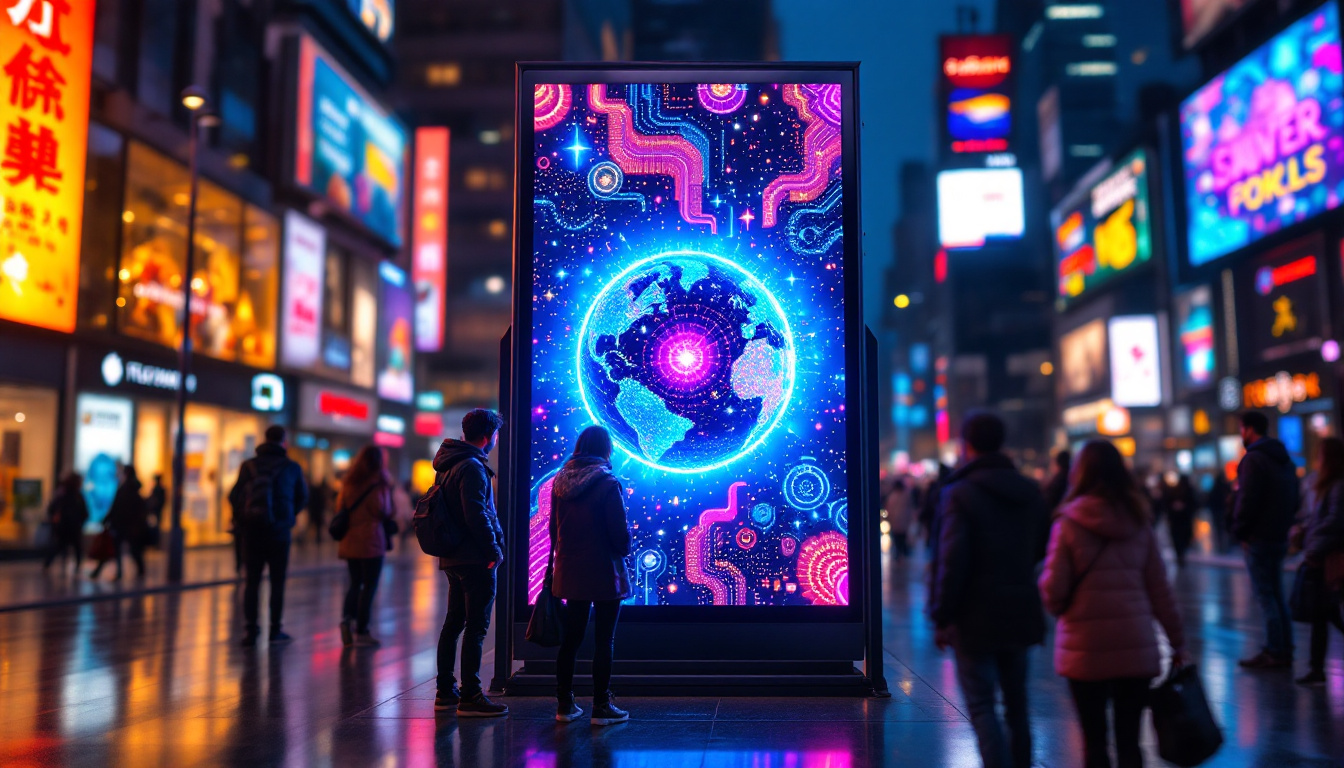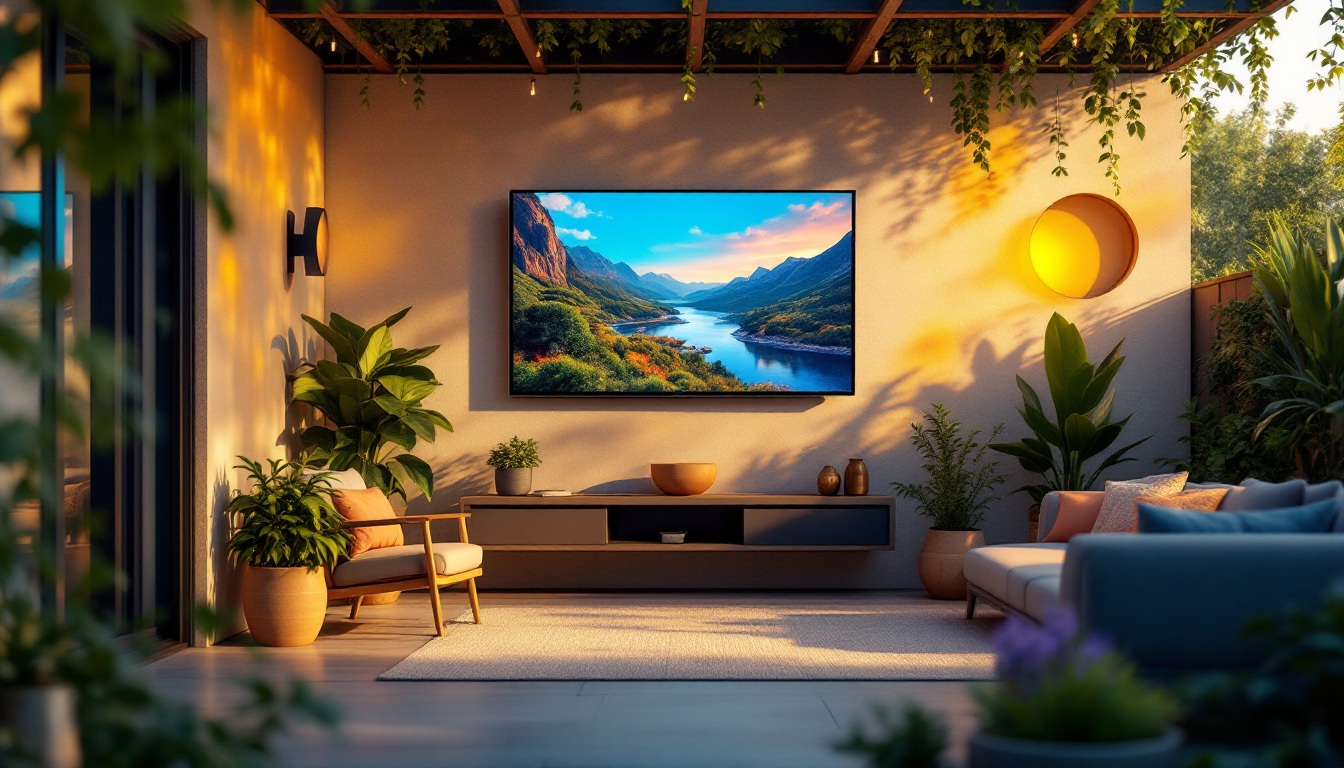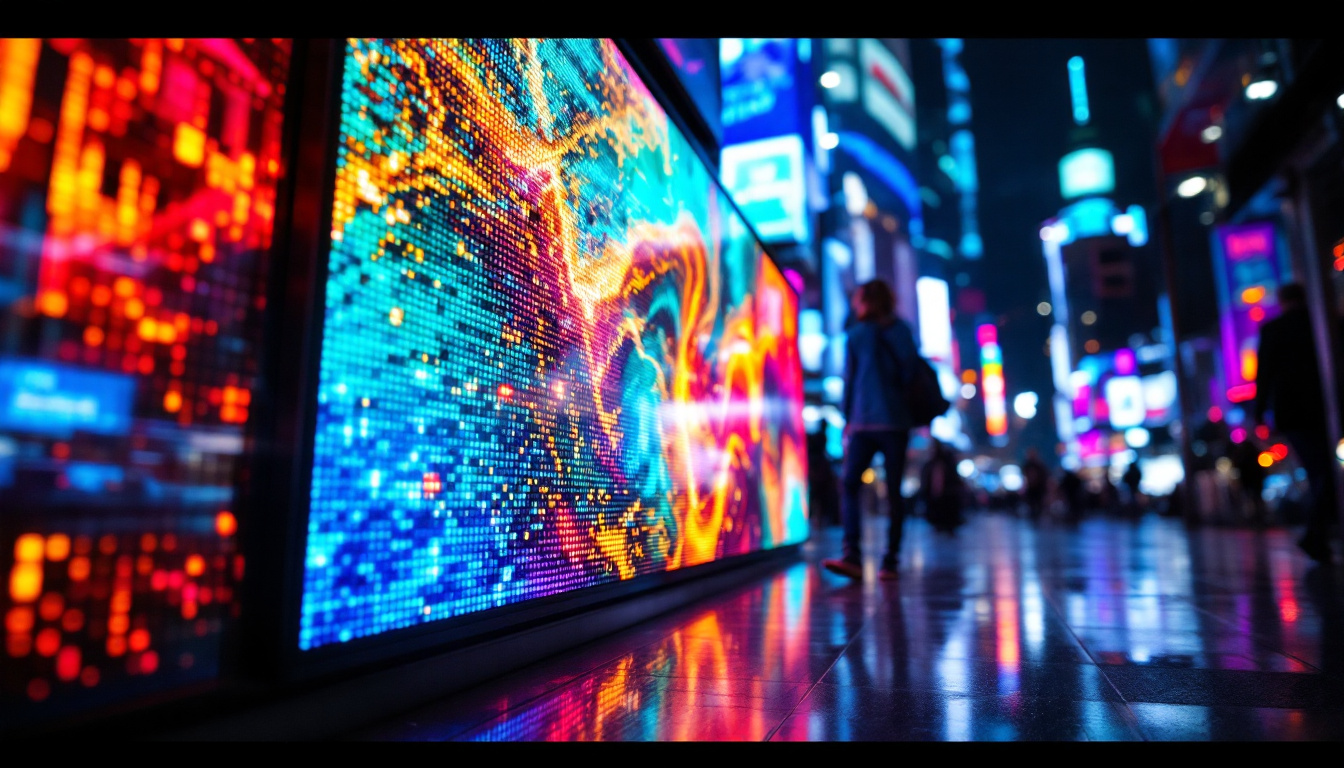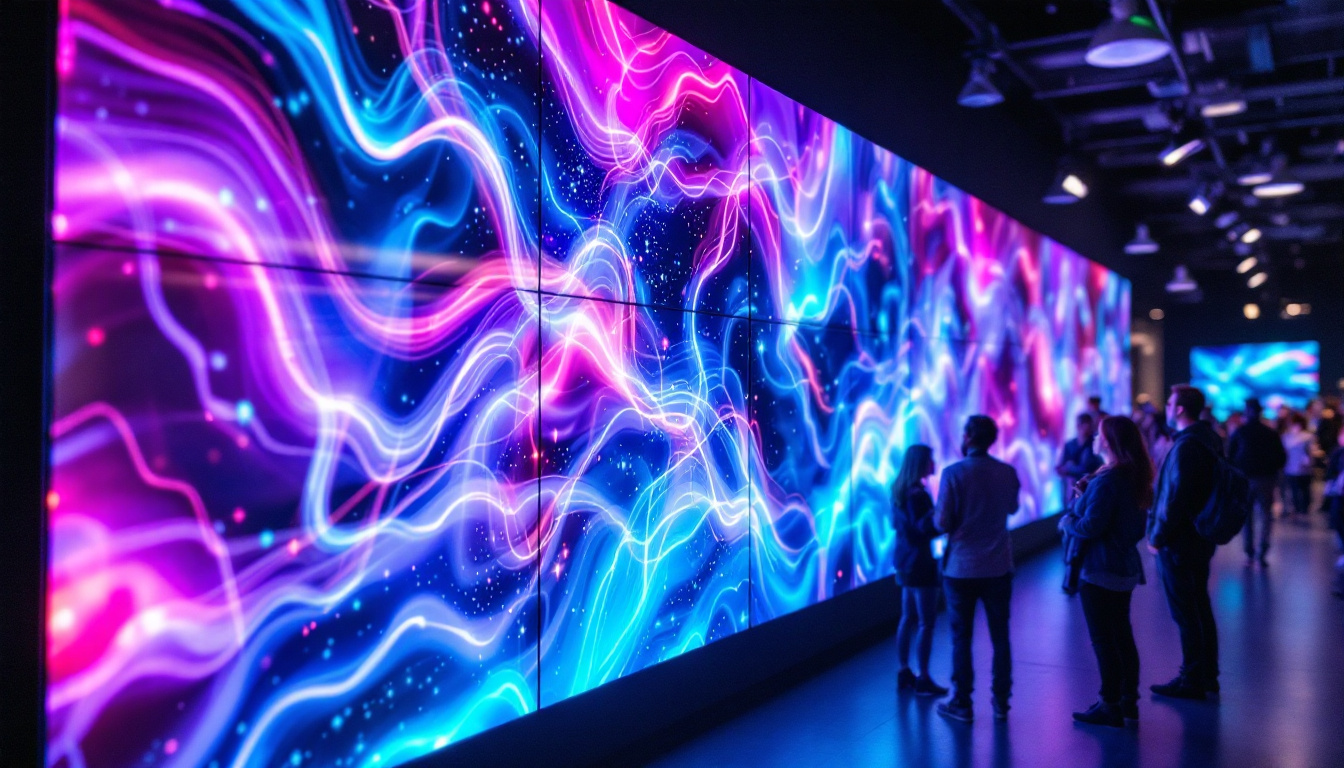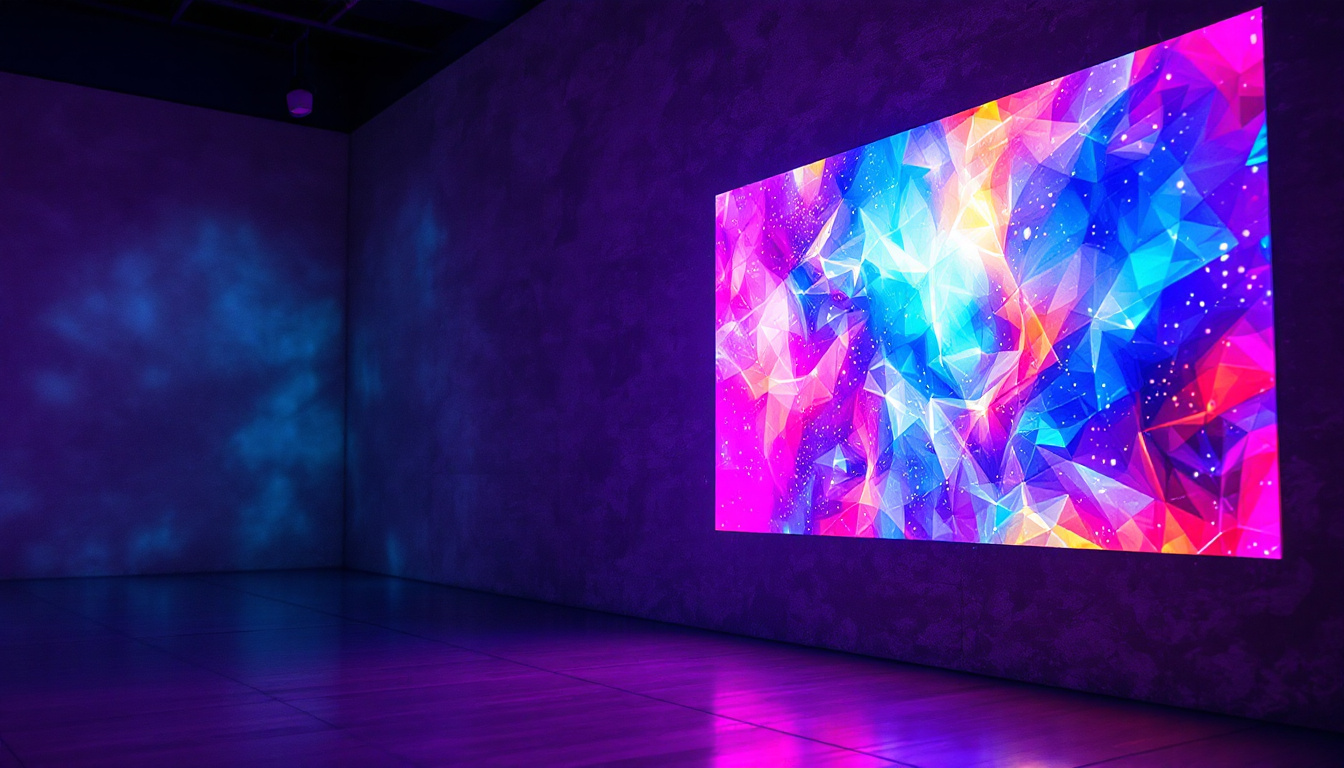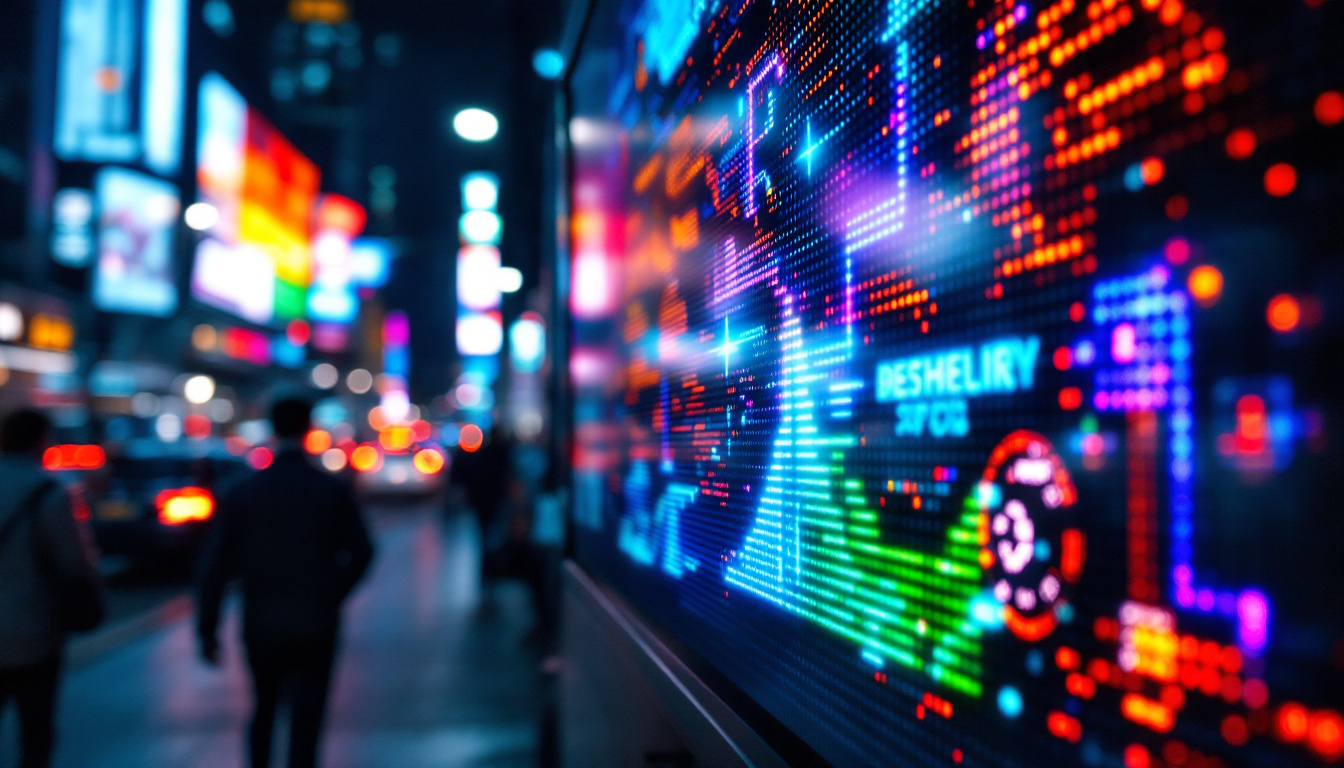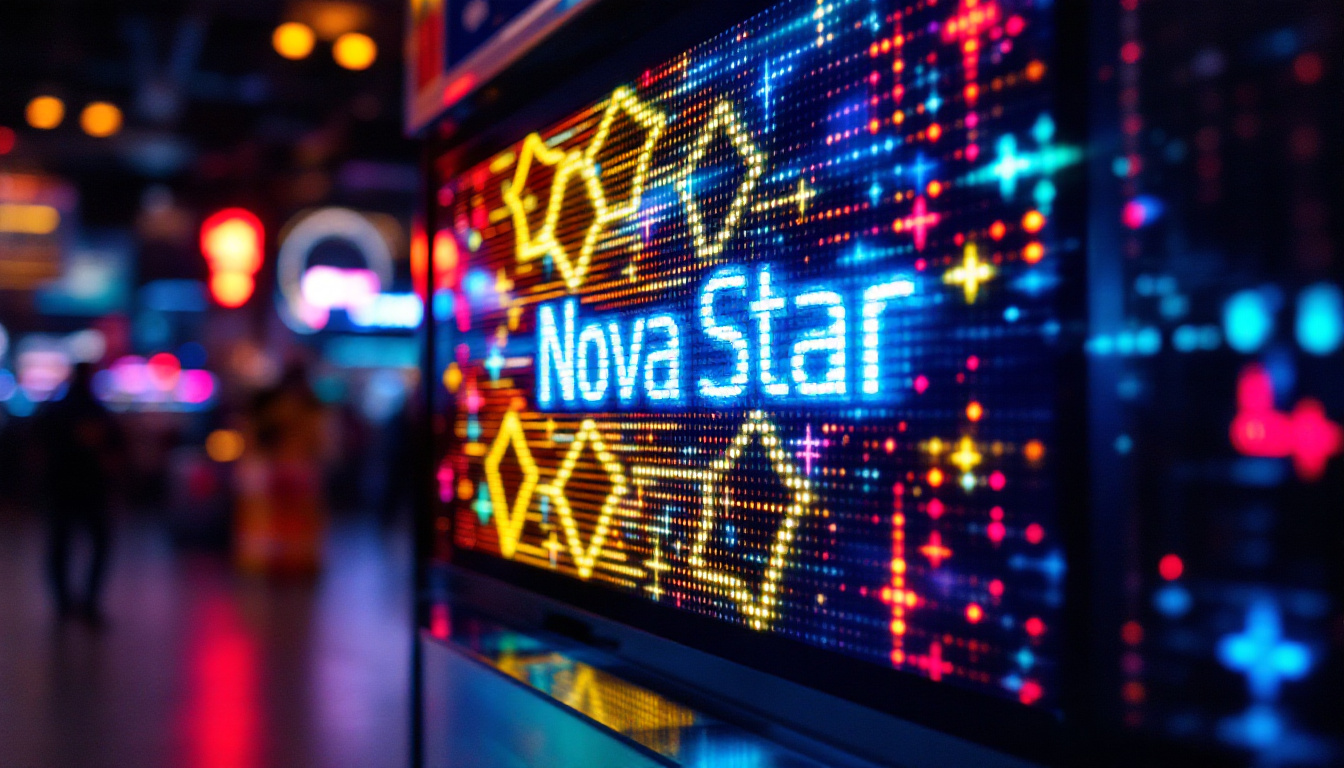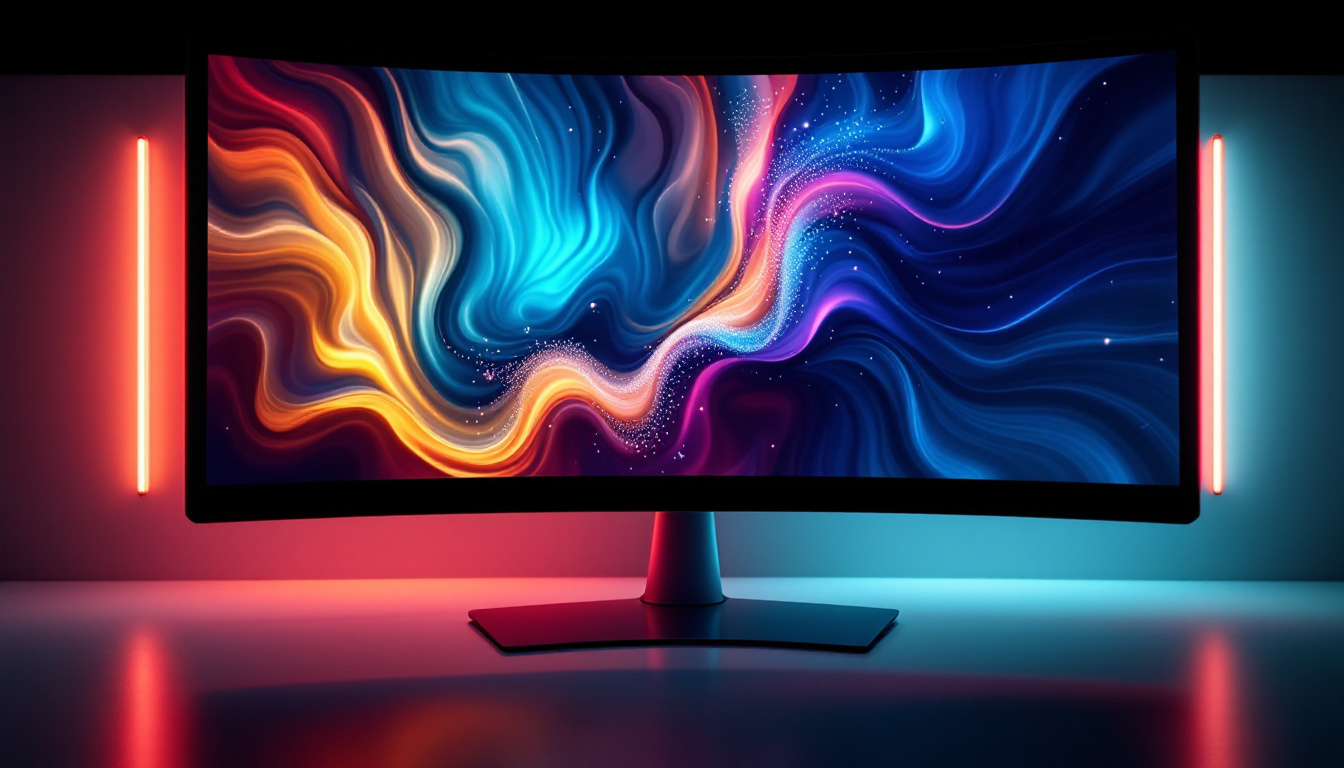In today’s fast-paced business environment, effective communication is paramount. Meeting rooms have evolved from simple gathering spaces to sophisticated environments equipped with advanced technology. Among these innovations, LED displays have emerged as a crucial component, transforming how presentations and meetings are conducted. This article delves into the significance of LED displays in meeting room setups, exploring their benefits, types, and best practices for integration.
The Importance of LED Displays in Meeting Rooms
LED displays are not just a trend; they represent a significant shift in how information is shared and consumed in professional settings. The clarity, brightness, and versatility of LED technology make it an ideal choice for meeting rooms, where visual communication is key.
Enhanced Visibility
One of the primary advantages of LED displays is their superior visibility. Unlike traditional projectors, which can be affected by ambient light, LED screens maintain their brightness and clarity even in well-lit environments. This ensures that all participants, regardless of their seating position, can view the content without straining their eyes.
Furthermore, the high resolution of LED displays allows for detailed graphics and text to be presented clearly. This is particularly important for data-driven presentations, where charts and graphs need to be legible for effective communication. The ability to display high-definition images and videos also means that organizations can showcase their brand in the best possible light, enhancing their professional image.
Versatility and Flexibility
LED displays offer remarkable versatility, making them suitable for various applications within a meeting room. They can be used for presentations, video conferencing, digital signage, and even interactive sessions. This adaptability allows organizations to maximize their investment in technology, as a single display can serve multiple purposes.
Additionally, LED displays come in various sizes and configurations, enabling customization to fit different meeting room layouts. Whether it’s a small huddle room or a large conference space, there is an LED solution that can enhance the environment. The modular nature of some LED systems also allows for creative setups, such as video walls that can create immersive experiences, perfect for brainstorming sessions or collaborative workshops.
Improved Engagement
Engagement is crucial in any meeting, and LED displays play a significant role in capturing attention. The vibrant colors and dynamic content capabilities of LED technology can make presentations more appealing. This not only helps in retaining the audience’s interest but also encourages participation and interaction.
Incorporating multimedia elements, such as videos or animations, can further enhance engagement. With LED displays, the ability to present content in a visually stimulating manner is greatly increased, leading to more productive meetings. Moreover, the integration of touch technology in some LED displays allows participants to interact directly with the content, fostering a more collaborative atmosphere. This hands-on approach can lead to richer discussions and a deeper understanding of the topics at hand, ultimately driving better decision-making processes within the organization.
Types of LED Displays for Meeting Rooms
When considering LED displays for meeting room setups, it is essential to understand the different types available. Each type serves specific needs and can significantly impact the overall meeting experience.
Direct View LED Displays
Direct view LED displays consist of individual LED modules that come together to form a large screen. These displays are known for their exceptional brightness and color accuracy, making them ideal for environments where high visibility is required.
One of the main advantages of direct view LED displays is their seamless design, which allows for a continuous image across the screen. This is particularly beneficial for large presentations where a cohesive visual experience is necessary. Additionally, these displays are highly durable and can withstand the rigors of daily use.
LED Video Walls
LED video walls are composed of multiple smaller screens arranged to create a larger display. This setup is often used in larger meeting rooms or auditoriums, where a single screen may not suffice. Video walls can be configured in various shapes and sizes, providing flexibility in design.
The modular nature of video walls allows for easy upgrades and repairs, making them a cost-effective long-term solution. They are particularly effective for displaying high-resolution content, such as detailed graphics or live feeds, ensuring that all attendees can see the information clearly.
Interactive LED Displays
Interactive LED displays take engagement to the next level by allowing users to interact directly with the screen. These displays are equipped with touch technology, enabling participants to manipulate content, annotate presentations, and collaborate in real-time.
Such interactivity fosters collaboration and enhances the overall meeting experience. Participants can contribute their ideas and feedback directly on the display, making discussions more dynamic and inclusive. This technology is especially beneficial for brainstorming sessions and workshops.
Best Practices for Integrating LED Displays
Integrating LED displays into a meeting room requires careful planning and consideration. To maximize their effectiveness, several best practices should be followed.
Assessing Room Size and Layout
Before selecting an LED display, it is essential to assess the size and layout of the meeting room. The display should be appropriately sized to ensure visibility from all seating positions. A general rule of thumb is to choose a display size that allows attendees to see content clearly from the farthest point in the room.
Additionally, the layout of the room should be considered. For example, a U-shaped setup may require a different display arrangement than a traditional classroom setup. Understanding these dynamics will help in selecting the right type of display and positioning it effectively.
Choosing the Right Resolution
The resolution of the LED display is another critical factor. Higher resolutions, such as 4K or even 8K, provide sharper images and finer details, which are essential for presentations that include intricate graphics or text. However, the choice of resolution should also consider the viewing distance; the farther away the audience is, the lower the resolution can be without compromising clarity.
For most meeting rooms, a Full HD (1080p) resolution is sufficient, but for larger spaces or more detailed content, investing in higher resolutions may be worthwhile.
Ensuring Proper Connectivity
Connectivity is vital for any modern meeting room setup. LED displays should be compatible with various devices, including laptops, tablets, and smartphones. Ensuring that the display supports multiple input options, such as HDMI, USB-C, and wireless connections, will facilitate seamless integration with different technologies.
Moreover, consider implementing a centralized control system that allows users to manage the display and other AV equipment from a single interface. This can simplify the setup process and reduce technical difficulties during meetings.
Maintenance and Support for LED Displays
Once LED displays are integrated into a meeting room, ongoing maintenance and support are crucial to ensure their longevity and performance. Regular maintenance can prevent issues and extend the lifespan of the technology.
Regular Cleaning and Care
LED displays require regular cleaning to maintain their clarity and performance. Dust and fingerprints can accumulate on the screen, affecting visibility. It is advisable to use a microfiber cloth and appropriate cleaning solutions specifically designed for electronic displays to avoid damage.
Additionally, ensure that the surrounding area is kept clean and free from debris that could impact the display’s functionality. Regular inspections can help identify potential issues before they escalate.
Technical Support and Upgrades
Having access to technical support is essential for resolving any issues that may arise with LED displays. Organizations should consider establishing a relationship with a reliable AV service provider that offers ongoing support and maintenance services.
Moreover, technology is continually evolving, and regular upgrades may be necessary to keep up with advancements. Staying informed about the latest developments in LED technology can help organizations make informed decisions about when to upgrade their displays.
The Future of LED Displays in Meeting Rooms
The future of LED displays in meeting rooms is bright, with ongoing advancements in technology promising even more capabilities. As businesses continue to adapt to hybrid work models and remote collaboration, the demand for high-quality visual communication solutions will only increase.
Integration with AI and Automation
One of the most exciting prospects for LED displays is their integration with artificial intelligence (AI) and automation. Future displays may incorporate AI-driven features that enhance user experience, such as automatic content adjustment based on ambient light or audience engagement levels.
Additionally, automation can streamline the setup process for meetings, allowing displays to switch on, adjust settings, and even display relevant content based on the scheduled agenda. This level of integration could significantly improve efficiency and reduce the time spent on technical preparations.
Increased Interactivity and Collaboration Tools
As remote work continues to be a significant aspect of business operations, the need for interactive and collaborative tools will grow. Future LED displays may feature enhanced capabilities for remote participants, such as integrated video conferencing tools and collaborative software that allows for real-time editing and brainstorming.
These advancements will not only enhance in-person meetings but also create a more inclusive environment for remote team members, ensuring that everyone can contribute effectively, regardless of their location.
Conclusion
LED displays have become an integral part of modern meeting room setups, offering numerous benefits that enhance communication, engagement, and collaboration. By understanding the importance of these displays, exploring the various types available, and following best practices for integration and maintenance, organizations can create dynamic meeting environments that foster productivity and innovation.
As technology continues to evolve, staying informed about the latest trends and advancements in LED displays will be essential for businesses looking to maintain a competitive edge. Embracing these innovations will not only improve the meeting experience but also contribute to a more connected and efficient workplace.
Discover LumenMatrix LED Display Solutions
Ready to elevate your meeting room with the latest in LED display technology? LumenMatrix is at the forefront of creating immersive and interactive visual experiences that will transform your presentations and collaborations. From Indoor and Outdoor LED Wall Displays to innovative solutions like Vehicle LED Displays and LED Transparent Displays, our range of products is designed to meet the diverse needs of modern businesses. Embrace the future of visual communication with LumenMatrix and ensure your message resonates with clarity and impact. Check out LumenMatrix LED Display Solutions today and see the difference for yourself.

